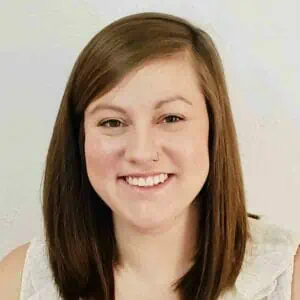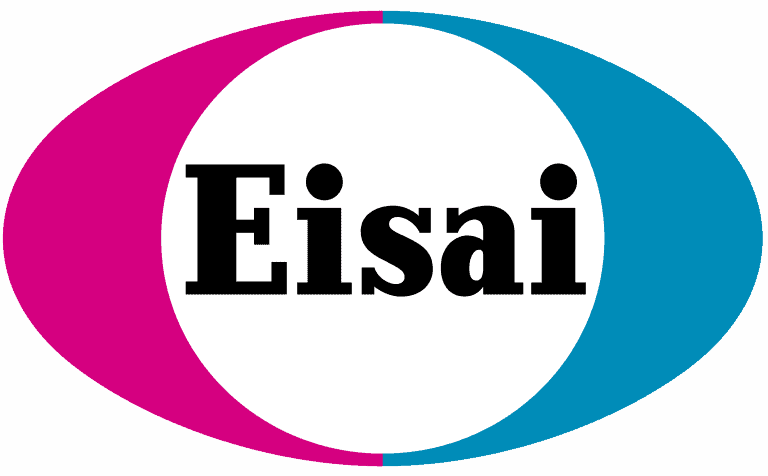Last week, I had the opportunity to attend the first annual Stem Cell and Gene Therapy for Neurodevelopmental Disorders Conference hosted by the University of California (UC) Davis MIND Institute. The conference brought together many leaders in academic research focused on finding restorative cures for genetic diseases like Dravet syndrome. Although the conference was only a single day, it was packed with exciting talks that foreshadowed the hopeful future of treatments that truly modify the cause of disease. I’ll highlight two topics relevant to Dravet syndrome that received a lot of focus throughout the day: (1) gene editing and (2) delivery of gene therapies.
Gene editing approaches are becoming applicable to more diseases. One approach to gene therapy would involve directly editing DNA to correct or overcome mutations that cause disease. As an example of this, you have probably heard of the exciting technology called CRISPR/Cas9 that can cut and paste DNA with great specificity. Dr. Matthew Porteus began the meeting by discussing some of the techniques for editing DNA to correct disease, including correcting a mutation at a single point in the DNA (often referred to as “base pair editing”), replacing an entire mutated gene (replacing a larger section of the DNA), or adding in a replacement or modifier gene to another area of the DNA.
During the meeting, we heard about several disease states where gene editing is showing promise. Currently, most of the genome editing studies in humans are either in cells that can be removed, edited, and replaced (i.e. blood cells in sickle cell disease) or in areas like the eye that are easier to access directly. However, Dr. Joseph Anderson told us about how a variation of this type of approach is being used in mouse models of Angelman syndrome. Gene-edited stem cells from the blood are transplanted into affected mice, where they ultimately are able to deliver the gene-edited product when some of these cells reach the brain. Furthermore, Dr. Ami Shah spoke about similar gene therapies for adrenoleukodystrophy that are being used currently in human patients. For certain disorders, this approach appears to be effective in compensating for the loss of the gene function in other cells of the brain. While the approach to the DNA-editing tools will likely need to be quite different for Dravet syndrome and the SCN1A gene, the current studies are increasing our understanding of the safety, efficiency, and effectiveness of gene editing for the treatment of human disease.
Delivering genetic-based therapies. When we talk about genetic therapies, there are really two “parts” of the therapy to think about. The first is the actual therapy, whether it’s CRISPR-, DNA-, or RNA-based, this is the part of the therapy that will do the “work” in the cell to help correct the impact of genetic disease. The second part is the delivery packaging that helps to deliver the therapy to the correct cells in the body. Some of the current RNA-based therapies can be delivered in lipid droplets, but the majority of other approaches discussed under the ‘gene-therapy umbrella’ are relying on viral packaging, called a “vector,” as a delivery method. Viral vectors are the “shell” of a virus where all of the internal components of the virus have been removed and replaced with the genetic therapy. There are several types of viral vectors that have the potential to deliver gene therapies, such as lentivirus, adenovirus, and adeno-associated virus (AAV). AAV vectors are currently one of the top candidates when considering a gene therapy that needs to be delivered to a specific organ in the body partly because they generally pose the lowest risk for an undesirable immune reaction. There are still some challenges with AAV, including the size capacity sand some remaining risk of off-target effects.
Researchers are continuing to develop creative ways to overcome some of the limitations of the current AAV vectors. Dr. Brett Dufour discussed work to develop a version of AAV that more effectively delivers gene therapies to areas of the brain and spinal cord. The ultimate goal of this type of work is to make gene therapies less invasive to deliver and more effective in reaching the cell types that need the therapy. Dr. Jennifer Waldo discussed how they are using methods to split gene therapy components into two vectors for delivery to cells in order to overcome the size limitations of the AAV vector. They have been testing this approach using a method derived from CRISPR technology in models of Huntington’s disease. Dr. David Hampson addressed the size limitations of AAV that exclude the SCN1A gene from being directly delivered to cells. He referenced his lab’s work on circumventing this issue by delivering another gene, SCN1B, that can help to compensate for the reduction in SCN1A gene expression in a mouse model of Dravet syndrome. These were just a few examples of the creative ways scientists are overcoming challenges in the field of gene therapy that will hopefully lead to increasing options to approach treatments.
I could appreciate during the conference how far the field of gene therapy has come in such a short time. Basic science is translating to cures in ways that would never have been conceivable a few decades ago. The importance of these advancements was woven quite well into the conference through inclusion of those who stand to benefit the most from these treatments: patients and families. Ending the conference with powerful stories from the patient-community left everyone with a sense of urgency to advance the science as quickly, and as safely, as possible. I look forward to attending the conference next year and hearing about exciting new updates and discoveries.






